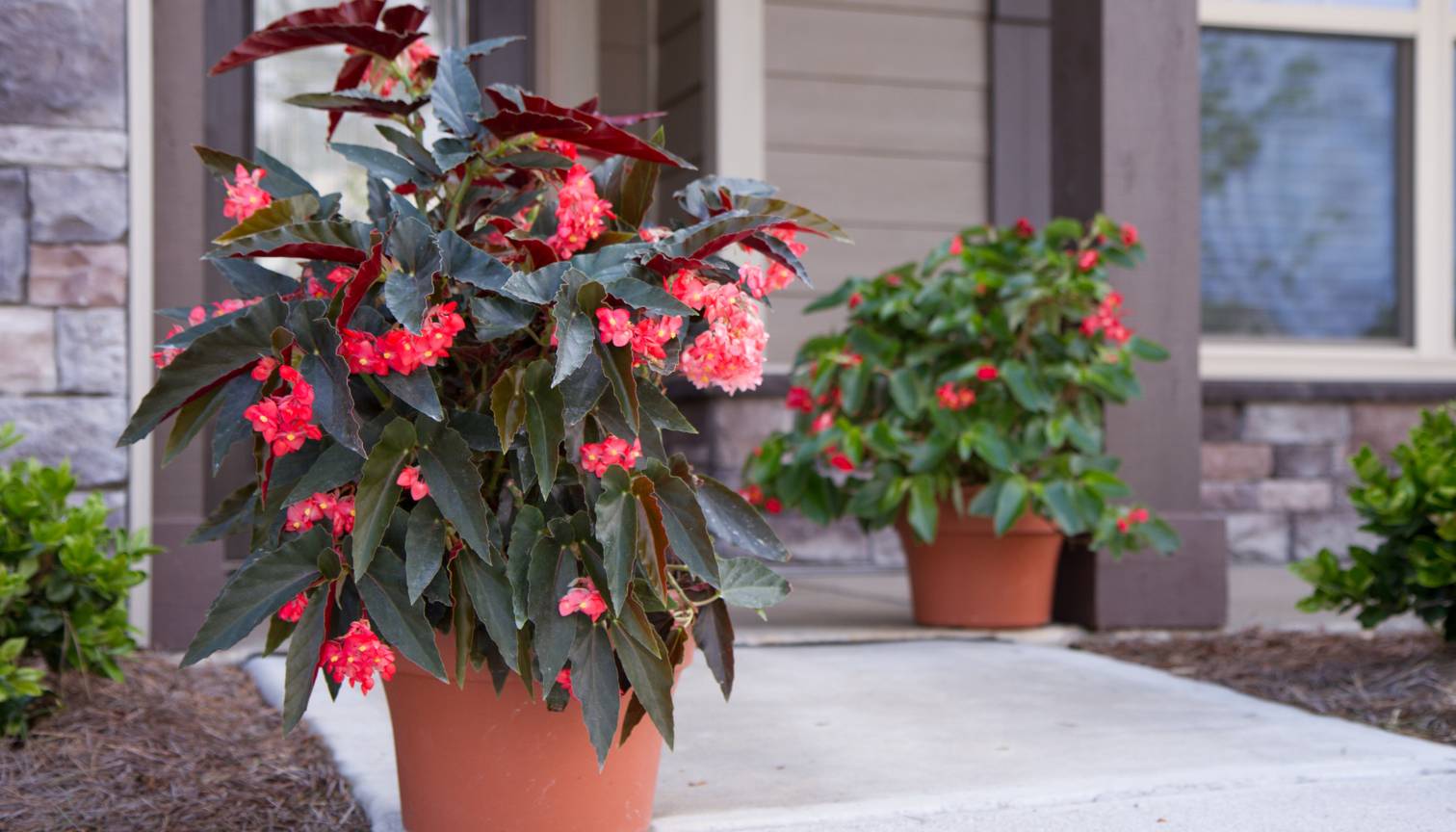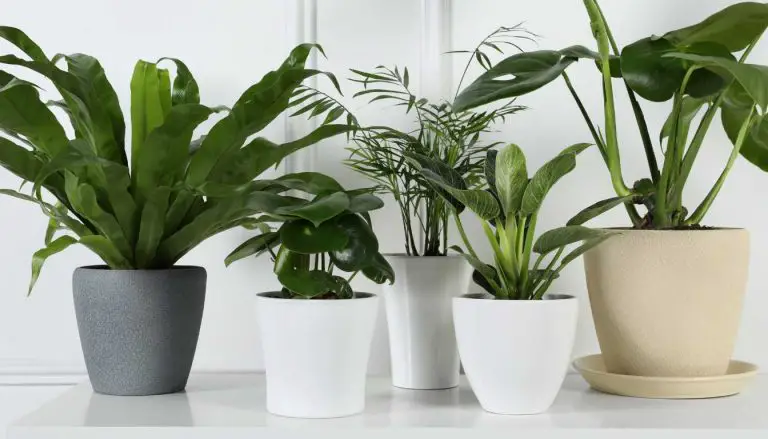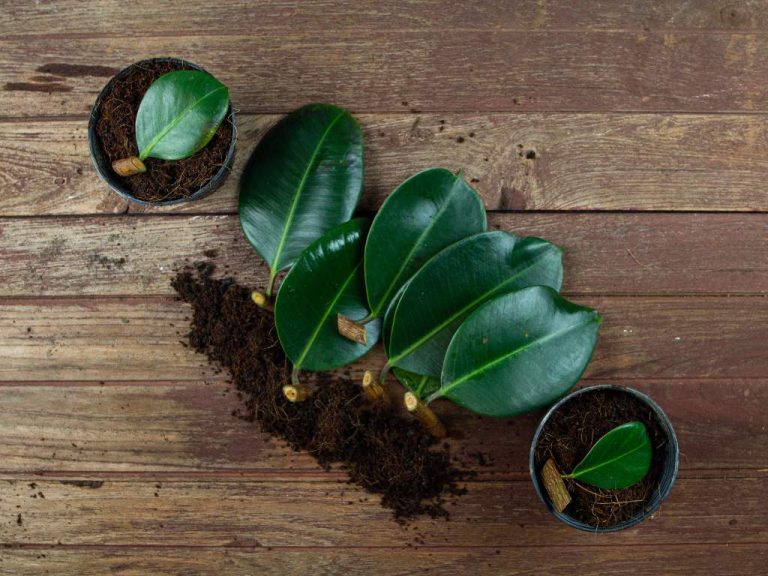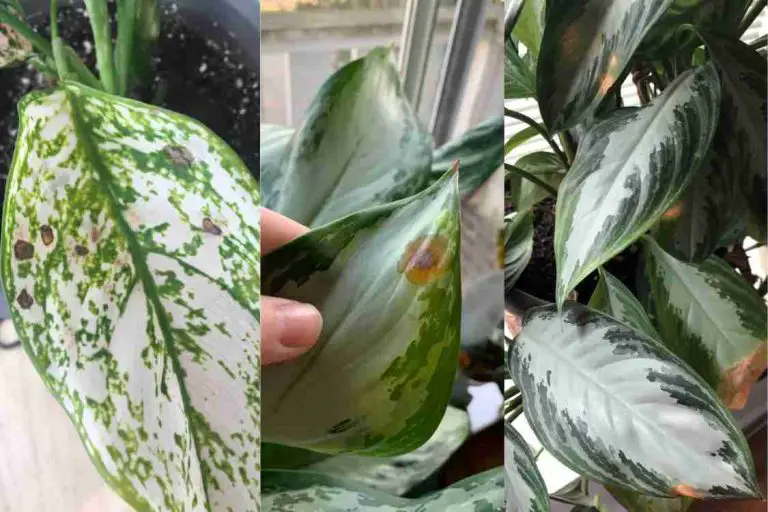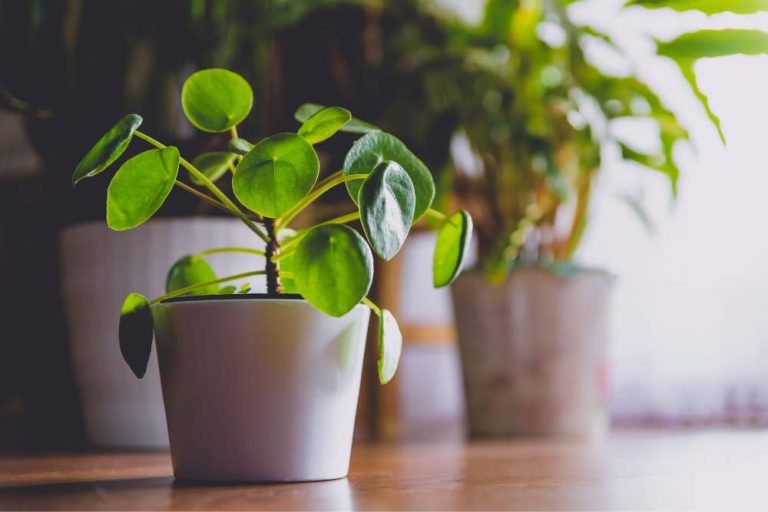Begonia House Plant Care: Easy Tips for Growth
Welcome to our comprehensive guide on begonia house plant care. Whether you’re an experienced plant lover or just starting your indoor gardening journey, this article will provide you with essential tips and guidelines for maintaining vibrant and healthy begonia house plants. By following our expert advice and practical suggestions, you’ll be able to ensure thriving growth and enjoy the beauty of begonias in your home.
Key Takeaways:
Understanding Begonias: Types and Varieties
Before delving into the intricacies of begonia care, it’s crucial to familiarize yourself with the different types and varieties of begonias that are commonly found in households. Each variety has its own unique characteristics and specific care requirements, ensuring that you provide the optimal conditions for your indoor begonias.
Begonia varieties come in a wide range of colors, sizes, and foliage patterns, making them a delightful addition to any home or office. Here are some of the most popular begonia types:
Rex Begonias
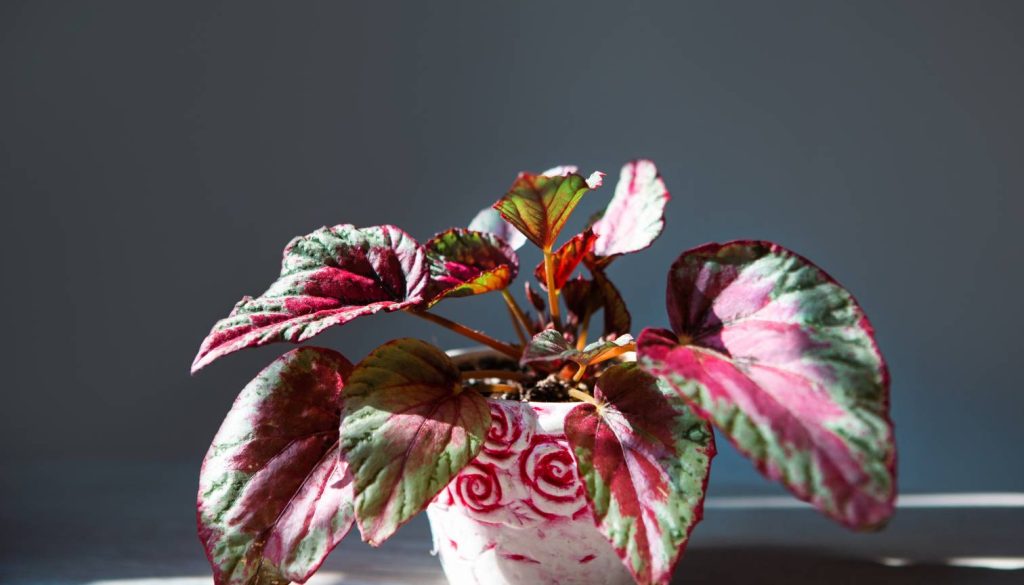
Rex begonias are known for their striking, multi-colored foliage. Their leaves feature intricate patterns of various shades, including silver, green, pink, and burgundy. These begonias are ideal for adding a touch of exotic beauty to your indoor spaces.
Tuberous Begonias

Tuberous begonias are prized for their showy, rose-like flowers that come in vibrant colors such as red, orange, yellow, and pink. These begonias require a slightly different approach to care, with specific attention given to watering and light conditions to encourage abundant blooms.
Angel Wing Begonias
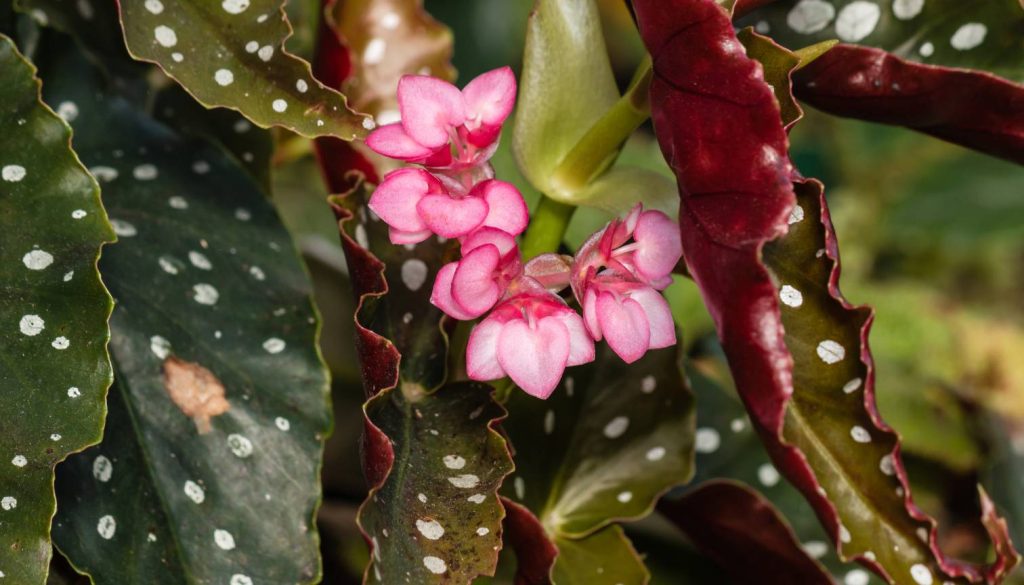
Angel wing begonias get their name from their unique wing-shaped leaves. With their glossy green foliage speckled with silver or white spots, these begonias add elegance and charm to any room. They also produce lovely clusters of delicate flowers in shades of white, pink, or red.
Cane Begonias
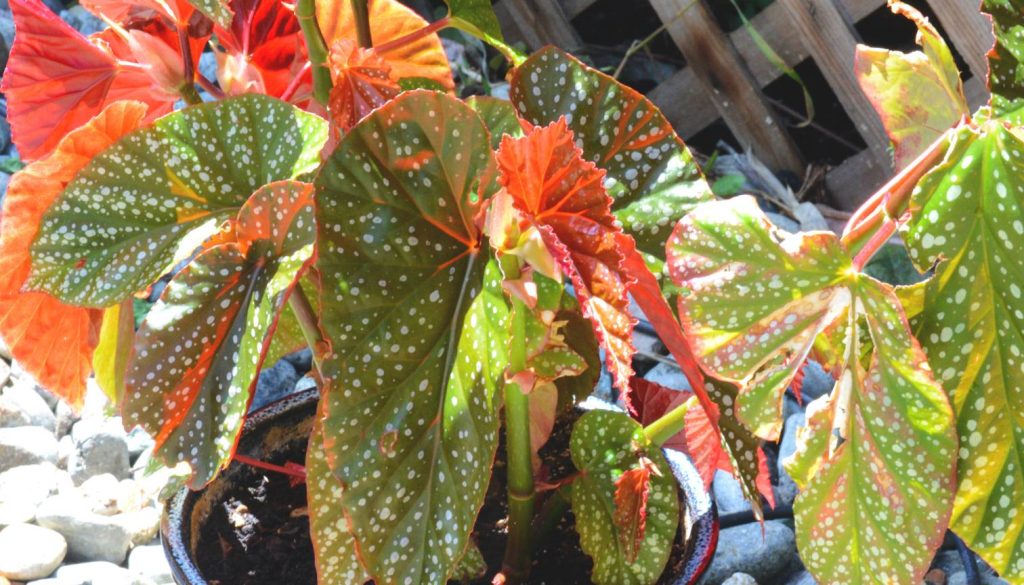
Cane begonias feature long, bamboo-like stems and large, attractive leaves. These begonias can grow quite tall, making them ideal for creating a statement piece in your indoor garden. Cane begonias produce clusters of small, delicate flowers in shades of pink, white, or red.
Iron Cross Begonias
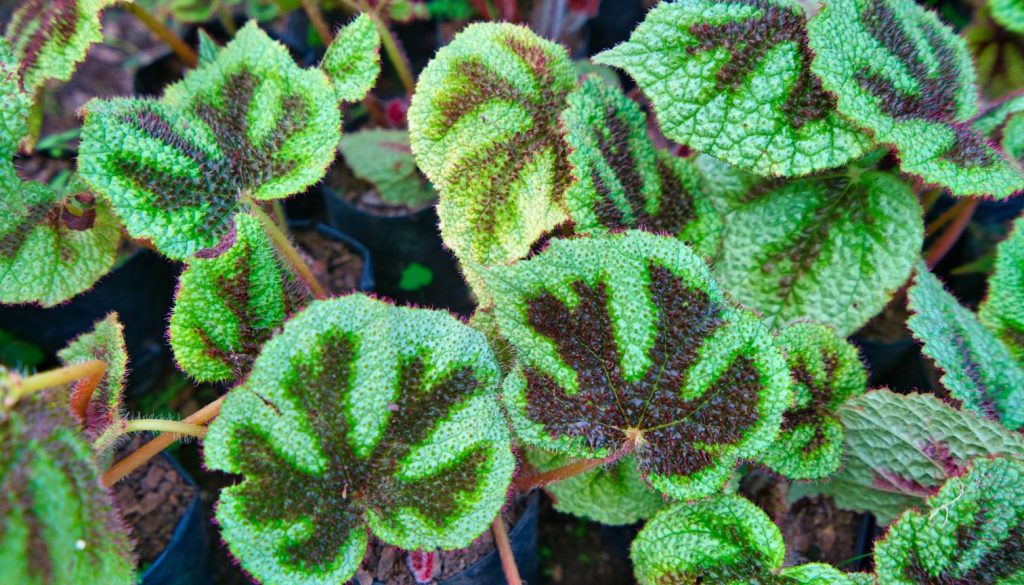
Iron cross begonias are named for the distinctive iron cross-shaped pattern that appears on their leaves. These begonias have green or bronze foliage with intricate markings. They also bloom with small, pink or white flowers that add an extra touch of beauty to their unique appearance.
Lighting Requirements for Begonia House Plants
Proper lighting is vital for ensuring the healthy growth of your begonia house plants. Providing the right amount of light is essential to maintaining vibrant foliage and promoting overall plant health. In this section, we will discuss the ideal lighting conditions for begonias and provide tips on how to position your plants for optimal light exposure.
Indoor begonias thrive in bright, indirect light. Placing them near a window with filtered sunlight is ideal. Direct sunlight can scorch the leaves, so it’s best to avoid placing them in direct sunlight, especially during the peak hours of the day.
If you have a north-facing window, it provides the perfect amount of indirect light for your begonias. East-facing windows also offer suitable morning light. For south and west-facing windows, it is recommended to use sheer curtains or blinds to filter the intense afternoon sun and prevent leaf damage.
When it comes to artificial lighting, fluorescent lights can be an excellent option for indoor begonias. These lights provide the right spectrum of light for plant growth. Position your begonias around 12-18 inches away from the fluorescent lights and keep them on for about 14-16 hours per day to mimic natural daylight.
Ensure that your begonias receive consistent light exposure. Rotate the pots regularly to ensure even growth and prevent leaning towards the light source.
Remember, lighting requirements may vary slightly depending on the begonia variety you have. Pay attention to the specific care guidelines for your begonia type to ensure you provide the optimal lighting conditions for its growth.
Watering Techniques for Begonias
Proper watering is essential for the health and vitality of your begonia house plants. In this section, we will share the best watering practices to ensure your begonias thrive and flourish.
Frequency
The frequency of watering your begonias depends on various factors, including the plant’s size, pot size, and environmental conditions. As a general guideline, water your begonias when the top inch of soil feels dry to the touch. Avoid overwatering, as it can lead to root rot and other issues.
Methods
When watering begonias, it is crucial to provide an even amount of moisture throughout the root zone. One effective method is to water from the bottom by placing the pot in a tray or saucer filled with water. Allow the plant to absorb the water for about 10-15 minutes, then discard any excess water. Alternatively, you can water from the top, ensuring that water reaches all parts of the soil without creating waterlogged conditions.
It’s worth noting that begonias prefer slightly moist soil, but they dislike sitting in standing water. Therefore, it’s important to ensure proper drainage in the pot or container you use.
Common Watering Mistakes to Avoid
Here are some common mistakes to avoid when watering your begonias:
1. Overwatering: Overwatering can lead to root rot and fungal diseases. Always allow the soil to dry slightly between watering sessions.
2. Underwatering: On the other hand, underwatering can cause stress and wilting in begonias. Regularly check the moisture level of the soil to ensure it remains slightly moist.
3. Watering the leaves: It’s best to avoid wetting the foliage of your begonias during watering as it can promote fungal diseases. Direct water carefully to the soil around the base of the plant.
Read – 9 DIY Automatic Watering System for Indoor Plants
Temperature and Humidity Considerations
Creating the ideal temperature and humidity conditions is crucial for the health and vitality of your begonia house plants. These stunning plants thrive in specific temperature ranges and require adequate humidity to flourish.
Begonias prefer temperatures between 65°F (18°C) and 75°F (24°C) during the day, while slightly cooler temperatures between 60°F (15°C) and 70°F (21°C) are recommended at night. Avoid exposing your begonias to extreme temperature fluctuations, as this can cause stress and damage to the plants.
In terms of humidity, begonias appreciate higher levels of moisture in the air. Aim for humidity levels between 50% and 60%. To increase humidity, you can use a humidifier, place a tray of water near your plants, or mist the leaves regularly.
Temperature Tips:
- Keep your begonias away from drafts or direct exposure to heating or cooling sources, such as vents or radiators.
- During winter, ensure that your begonias are not placed near cold windows or doors that let in chilly drafts.
Humidity Tips:
- Create humidity by grouping your begonias together. As they transpire and release moisture, it will increase the overall humidity around them.
- If you use a humidifier, ensure it is placed nearby to benefit your begonias without excessive moisture accumulation.
- Mist the leaves with room-temperature water at regular intervals to provide additional humidity.
Read – Humidity Tray for Indoor Plants
Fertilizing Your Begonia House Plants
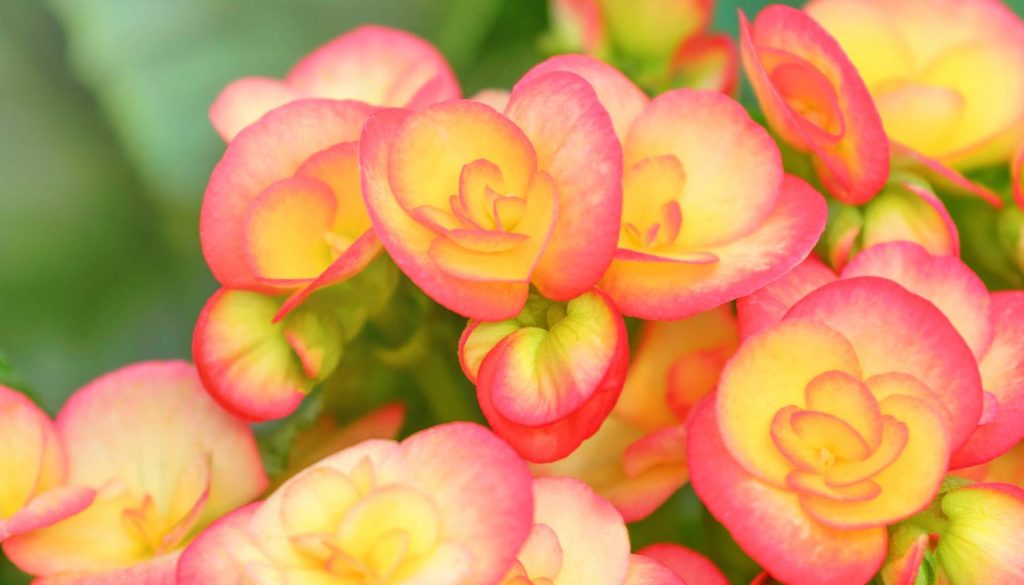
Proper fertilization is crucial for maintaining the health and vitality of your begonia house plants. By providing the right nutrients, you can ensure robust growth, vibrant foliage, and beautiful blooms. In this section, we will delve into the importance of fertilization, recommend the best fertilizers for begonias, and guide you on establishing a fertilization schedule that meets their specific needs.
The Importance of Fertilization
Begonias, like any other plants, require essential nutrients for optimal growth. Fertilizers play a vital role in supplying these nutrients, such as nitrogen (N), phosphorus (P), and potassium (K), in the appropriate proportions. This balanced nutrient supply promotes healthy root development, strong stems, and abundant flowering.
Regular fertilization also helps replenish nutrients that may become depleted over time, especially in potted begonias. As the plants utilize the existing nutrients, it’s essential to replenish them to sustain their growth and vitality.
Choosing the Best Fertilizers for Begonias
When selecting a fertilizer for your begonia houseplants, opt for a balanced, water-soluble formula specifically formulated for flowering houseplants. Look for fertilizers with an NPK ratio of 10-10-10 or 20-20-20, as these ratios provide a well-rounded nutrient mix.
Alternatively, you can choose organic fertilizers like compost or well-rotted manure, which enrich the soil naturally and promote overall plant health. Organic options are particularly beneficial for long-term plant care, as they contribute to the soil’s structure and fertility.
Read – Best Homemade Fertilizer For Flowering Plants 2024
Establishing a Fertilization Schedule
The frequency of fertilization depends on the type of fertilizer and the growth stage of your begonia plants. As a general rule, it’s best to fertilize begonias every four to six weeks during the active growing season, typically from spring to early fall. During the dormant period, which typically occurs in winter, reduce or suspend fertilization as the plants experience slower growth.
Follow the manufacturer’s instructions on the fertilizer packaging for proper dilution ratios and application methods. Make sure to water your begonias thoroughly before applying the fertilizer to avoid potential root burn.
Remember, begonias are sensitive to excessive fertilizer concentrations, so it’s crucial to avoid over-fertilization. If you notice signs of nutrient burn, such as brown leaf tips or wilting, reduce the amount of fertilizer or the frequency of application.
Repotting and Transplanting Begonias
As your begonias continue to grow, they may require repotting or transplanting to ensure adequate space and fresh soil for their healthy development. In this section, we will provide you with step-by-step guidance on repotting and transplanting your begonias, along with valuable tips on when and how to do it effectively.
Common Pests and Diseases: Prevention and Treatment
Just like any other house plant, begonias are prone to pests and diseases. It’s essential to be aware of common issues that can affect your begonias and take proactive steps to prevent and treat them. By understanding the signs of infestation or disease, you can ensure the health and longevity of your indoor begonias.
Identifying Common Pests
The most common pests that can attack begonias include aphids, mealybugs, spider mites, and scale insects. These tiny creatures can suck the sap from the plants, leading to weakened foliage and stunted growth. To identify a pest infestation, look for sticky residue, yellowing leaves, or small specks moving on the plant’s surface.
Prevention and Treatment
To prevent and control pest infestations, regularly inspect your begonias for any signs of trouble. If you notice an infestation, isolate the affected plant to prevent the pests from spreading to other plants.
For minor infestations, you can remove the pests manually or use a gentle stream of water to dislodge them. For more severe infestations, consider using organic insecticidal soap or horticultural oils, following the instructions carefully.
Dealing with Common Diseases
Begonias can also be susceptible to diseases such as powdery mildew, botrytis blight, or bacterial leaf spot. These diseases can cause discoloration, wilting, or even death of the plant if left untreated. Look for signs of white powdery coating, dark spots on leaves, or overall plant decline to identify a disease.
Prevention and Treatment
To prevent disease in begonias, ensure proper airflow around the plants and avoid overcrowding. Water your begonias at their base and avoid wetting the foliage to reduce the risk of diseases. If you identify a diseased plant, promptly remove the infected parts and dispose of them to prevent further spread. Consider using appropriate fungicides, following the instructions and recommendations from experts or garden centers.
By being vigilant and proactive in your begonia plant maintenance, you can keep your indoor begonias healthy and thriving. Regular inspection, early detection, and prompt action are key to preventing and treating common pests and diseases. With a little care and attention, your begonias will reward you with their vibrant blooms and lush foliage.
Troubleshooting Common Begonia Problems
Despite your best efforts, begonias may encounter some common problems. Don’t worry! We’re here to help you troubleshoot these issues and restore your begonias to their full glory. Let’s dive into some of the most frequently faced problems and their practical solutions.
Yellowing Leaves
If you notice your begonia’s leaves turning yellow, it could indicate overwatering. Ensure that you’re not drowning your plant by allowing the top inch of the soil to dry out before watering again.
Additionally, check for proper drainage in your pot and adjust the watering frequency accordingly. If the problem persists, it may be a sign of nutrient deficiency. Consider using an appropriate fertilizer to provide your begonia with the necessary nutrients.
Wilting
A begonia that is wilting may be suffering from underwatering or excessive heat. Check the soil moisture regularly and water your plant when the top inch of the soil feels dry. Avoid keeping your begonias in direct sunlight or near heat sources, as this can cause wilting. Instead, find a suitable spot with indirect light and comfortable temperatures to encourage healthy growth.
Pest Infestation
If you spot tiny pests like aphids or spider mites on your begonias, it’s crucial to take immediate action. Use a mild insecticidal soap or neem oil solution to eliminate these pests. Remember to thoroughly cover both the upper and lower surfaces of the leaves, where pests tend to hide. Regularly inspect your plants for signs of infestation and treat them promptly to prevent further damage.
FAQ
How often should I water my begonia house plants?
The frequency of watering your begonia plants will depend on several factors, such as the type of begonia, the size of the pot, and the environmental conditions. As a general rule, you should water your begonias when the top inch of soil feels dry to the touch. Avoid overwatering, as it can cause root rot. Ensure proper drainage to prevent waterlogged soil.
Do begonias require direct sunlight?
Begonias prefer bright but indirect sunlight. Direct sunlight can scorch their delicate foliage. Place your begonias in a well-lit room where they receive filtered or diffused light. East or west-facing windows are usually ideal. If you notice your begonias stretching towards the light or their leaves losing color, it may indicate insufficient light.
How often should I fertilize my begonias?
Begonias benefit from regular fertilization during their active growth period. Use a balanced, water-soluble fertilizer diluted to half the recommended strength every two to four weeks. Start fertilizing in spring and continue through summer. Reduce or stop fertilization in fall and winter when growth slows down.
What are some common pests that can affect begonias?
Begonias can be prone to pests such as aphids, mealybugs, spider mites, and thrips. Regularly inspect your plants for signs of infestation, including sticky residue, tiny webs, or distorted leaves. If you detect pests, treat them promptly with appropriate insecticidal soap or horticultural oil, following the product instructions carefully.
How do I know if my begonia needs to be repotted?
If your begonia’s roots are tightly packed and growing out of the drainage holes, it’s a sign that it may need repotting. You can also check the condition of the soil: if the soil doesn’t absorb water well or dries out very quickly after watering, it’s an indication that the plant may benefit from a larger container and fresh potting mix.
My begonia’s leaves are turning yellow. What could be the cause?
Yellowing leaves can be caused by various factors, including overwatering, underwatering, inadequate light, nutrient deficiencies, or pest infestation. Evaluate your watering routine, lighting conditions, and fertilization schedule. Inspect your begonias for pests or signs of root rot. Adjust the care accordingly to address the underlying cause.
- 29 Bucket Gardening Ideas for a Lush, Compact Garden - October 30, 2024
- 20+ Chic Boho Bedroom Ideas for a Cozy and Stylish Retreat - June 20, 2024
- 12+ Modern Boho Living Room Ideas to Create a Unique Oasis - June 10, 2024

